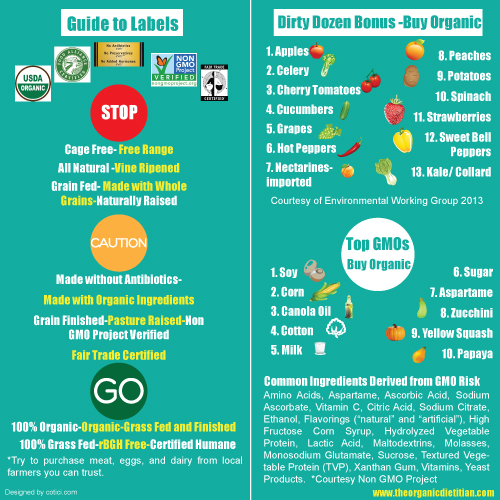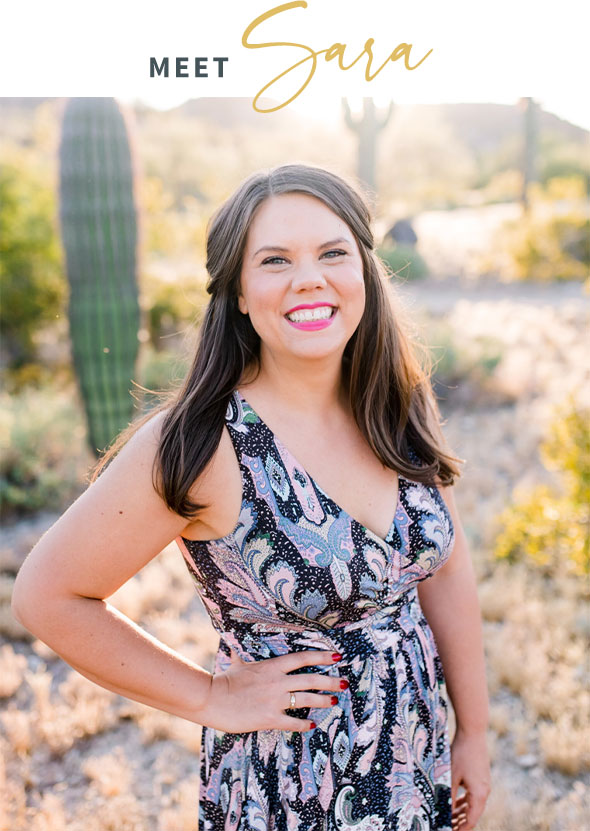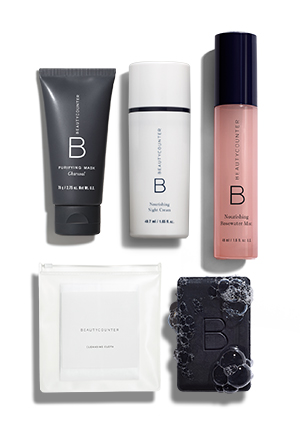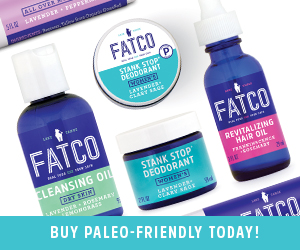15 April, 2014
Guide to Shopping for Clean Food

When it comes to purchasing clean foods I think that most people do not know where they should spend their money. You may not have the money to spend on 100% organic. And that is OK. If you can purchase a few items organic then you should know where to get the biggest benefit. After all, the more organic we as consumers demand then the more organic will be available and affordable in the stores.
What to buy Organic?
I have put together a guide that I hope will help you at the grocery store make better decisions about where that extra money should go. Feel free to print this out and take it with you when you go shopping until it becomes second nature. Now if you are unable to purchase organic foods of any kind or maybe do not have access to any at all, then eating fruits and vegetables (even conventional) is better than eating none at all. Maybe start your own garden or request that your local grocery store start carrying certain items. Do what you can no matter how small it may be!
If you have ever been confused by the labels you see on some packaged items then you are not alone. What do these labels mean? How do I know which ones are worth the extra money? These are all great questions. Some of these claims ultimately mean nothing at all and are not worth the extra cash. On the flip side certain labels may be better than none at all.
The health claims listed under STOP really have no merit at all. I would not recommend buying more costly products with these labels. You may be wasting your money. For example, “Made with Whole Grains” means that the item contains whole grain but may not be completely whole grain. If a product is made with just 5% whole grain then they can list this label on their packaging.
Read more about these labels HERE
The health claims listed under CAUTION may carry some benefit but still may be misleading. For example, if a product is “Non-GMO Certified” it is not a bad thing but if that is the only certification then the product may be GMO free but can still be sprayed with pesticides. If your package has both “Non- GMO Certified” and is “Certified Organic” then you can be sure it is pesticide free and GMO free.
The health claims listed under GO are great labels to look for and if you can get these in combination of other labels you can feel better about spending a little more money.
Produce to Buy Organic
The Dirty Dozen is a list you may have heard of before. This list is put out every year by the Environmental Working Group containing the produce that had been tested showing the highest amount of pesticide residue. If you can I recommend buying these items organic. If you are not able to then these items should be washed extra well or even peeled. **This list may change from year to year.
The Non GMO Project puts out a list of the top 10 products that are genetically modified and if you can I also recommend buying these items organic. GMOs have not been tested long term and many countries require that they be labeled (but not the US). You can read more about GMOs here.
When it comes to shopping for clean food here are my recommendations:
1. Know your labels and buy foods that have adequate claims.
2. Buy organic foods that are listed as dirty dozen and top GMO.
3. Shop the perimeter of the store where all the fresh foods are located. The aisles are likely to contain more processed foods.
4. Buy from farmers that you know and trust. Ask them questions about how their food is grown and raised (Local does not mean Organic).
5. Read the ingredients list. Buy real food. When in doubt try to make it yourself.















 80% of chronic dis-ease is rooted in stre
80% of chronic dis-ease is rooted in stre
 As
As 
